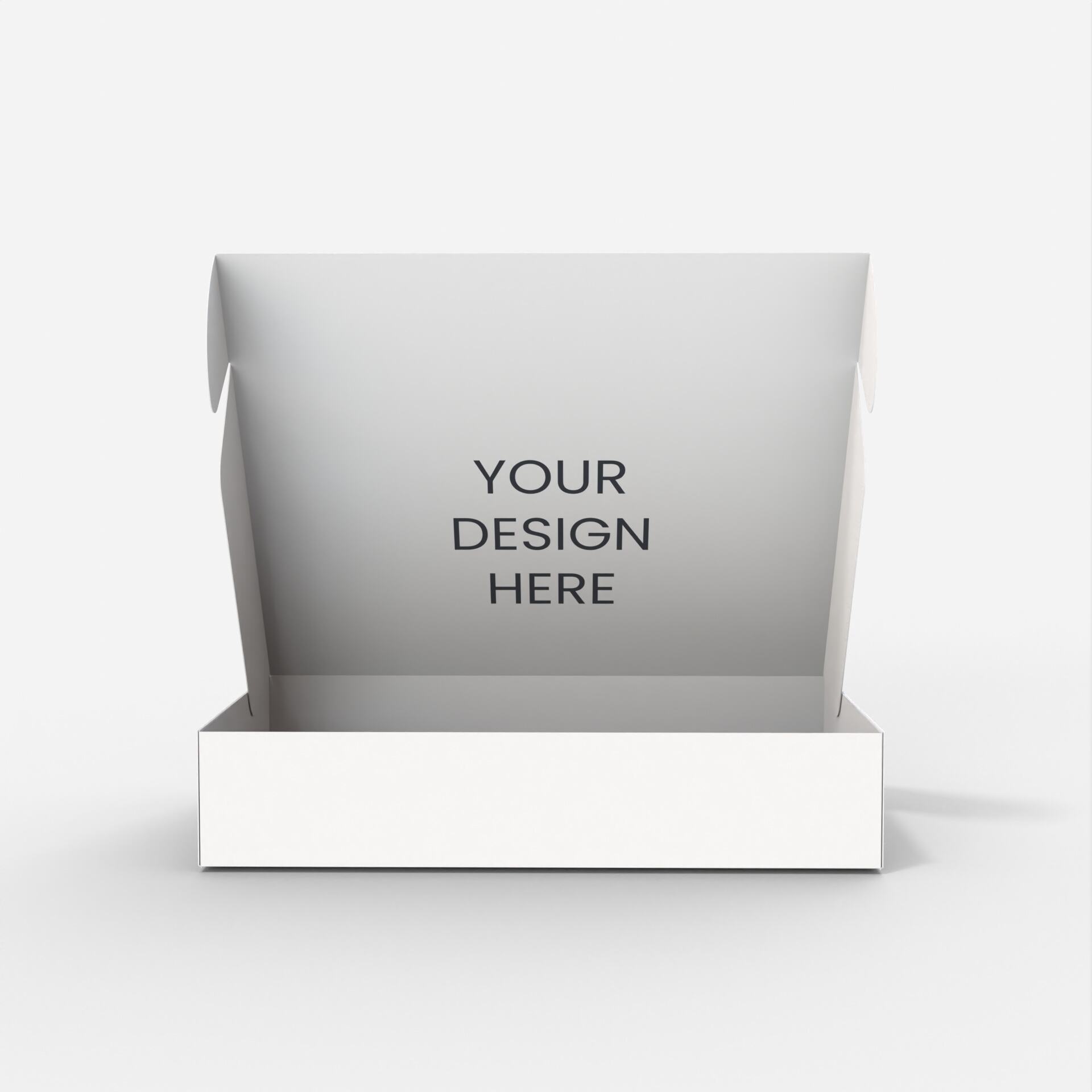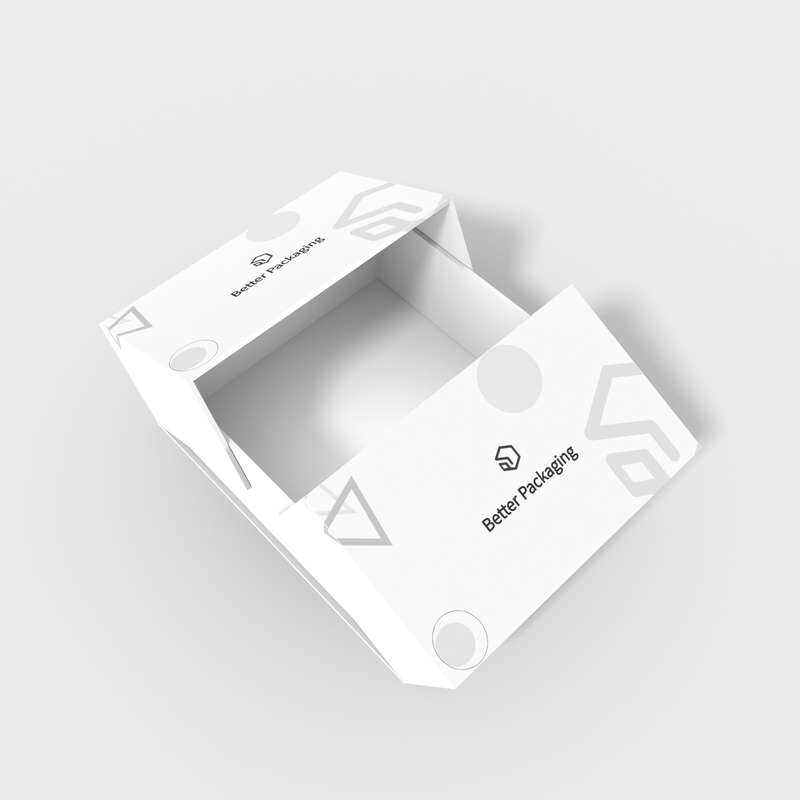
Packaging materials play a pivotal role in product protection, presentation, and sustainability. Among these materials, paperboard has gained substantial popularity, especially as businesses and consumers increasingly prioritize eco-friendly options. To make informed decisions about packaging, it is essential to understand how paperboard compares to other materials like plastic, corrugated cardboard, and metal in terms of durability and cost. This article explores these comparisons to help manufacturers select the most suitable packaging for their products.
Paperboard is a thick, paper-based material commonly used in packaging applications such as folding cartons, food boxes, and cosmetic packaging. It offers a smooth surface ideal for printing, making it popular for branding purposes. Its lightweight nature reduces transportation costs, and its recyclability makes it attractive for sustainable packaging initiatives.
While paperboard provides adequate protection for many products, its durability varies depending on the grade and thickness. High-quality paperboard like Solid Bleached Sulfate (SBS) offers good stiffness and resistance to compression, suitable for lighter to moderately heavy items. However, paperboard is generally less resistant to moisture and rough handling compared to other materials, necessitating coatings or laminations for enhanced performance.
Plastic packaging, such as polyethylene or polypropylene films and rigid plastic containers, generally outperforms paperboard in terms of moisture resistance and impact durability. Plastic can withstand exposure to liquids and rough conditions without losing structural integrity, making it ideal for products requiring robust protection and longer shelf life.
However, plastics tend to have higher environmental impacts, including challenges in recycling and potential pollution. Paperboard, while less durable against moisture, is biodegradable and more easily recycled, appealing to environmentally conscious consumers.
Plastic packaging can be cost-effective, especially in large-scale production, due to the low material cost and automated manufacturing processes. However, rising regulations on plastic use and consumer pushback are leading to increased costs related to compliance and material substitution.
Paperboard packaging often has higher raw material costs than basic plastics but can offer savings in logistics due to lighter weight. Additionally, marketing advantages stemming from its eco-friendly image may offset some price differences.
Corrugated cardboard, characterized by a fluted middle layer sandwiched between linerboards, is significantly more durable and impact-resistant than standard paperboard. It is commonly used for shipping boxes and protective outer packaging.
While paperboard excels in retail-ready packaging with high print quality and aesthetic appeal, corrugated cardboard is better suited for protecting heavy or fragile items during transport. Corrugated’s superior cushioning properties reduce damage risk, making it indispensable in logistics.
Corrugated cardboard is generally more expensive than paperboard due to its structural complexity and higher material usage. However, the cost difference is justified by its protective qualities. For lightweight retail packaging, paperboard remains a cost-efficient choice.

Metal packaging, including aluminum cans and steel tins, offers unmatched durability, moisture barrier properties, and resistance to temperature extremes. Metals provide excellent protection against physical damage and contamination.
However, metal packaging is heavy and less flexible in design compared to paperboard. Its recyclability depends on local facilities, and production involves significant energy use.
Metal packaging is often the most expensive option, reflecting material costs and manufacturing complexity. For premium or long-shelf-life products, the investment may be worthwhile, but for many applications, paperboard offers a more economical alternative.
The nature of the product—weight, fragility, shelf life, and sensitivity to moisture—dictates packaging durability needs. Perishable or heavy products may require plastic or corrugated cardboard, while lightweight or dry goods can be efficiently packaged in paperboard.
Sustainability goals increasingly influence packaging decisions. Paperboard’s biodegradability and recyclability often tip the balance in its favor compared to plastics and metals, despite some trade-offs in durability.
Packaging serves as a marketing tool. Paperboard’s printable surface and premium feel can enhance brand image, whereas plastic and metal may convey durability and luxury but face growing scrutiny for environmental concerns.
A holistic assessment balancing material costs, logistics, environmental compliance, and marketing value helps determine the optimal packaging. Paperboard’s lighter weight may reduce transportation costs, partially offsetting higher material prices.
Advancements in water-resistant coatings and biodegradable laminates enhance paperboard’s durability, extending its applicability in moisture-prone environments without sacrificing recyclability.
Multi-layered paperboard and fiber blends improve strength and impact resistance, enabling paperboard to protect heavier products effectively.
Combining paperboard with plastic windows or liners balances the benefits of both materials, enhancing functionality while maintaining eco-friendly credentials.
Yes, especially when treated with appropriate coatings, paperboard can safely package many food products, offering sufficient protection and hygiene.
Paperboard often has a higher raw material cost but may lower overall expenses due to lighter weight and consumer preference for sustainable packaging.
For protective shipping needs, corrugated cardboard is generally superior. Paperboard suits retail and secondary packaging but is less protective for heavy or fragile items.
Typically no; metal packaging is more expensive but offers superior durability. Paperboard provides a cost-effective option for many applications, especially where premium protection is not critical.